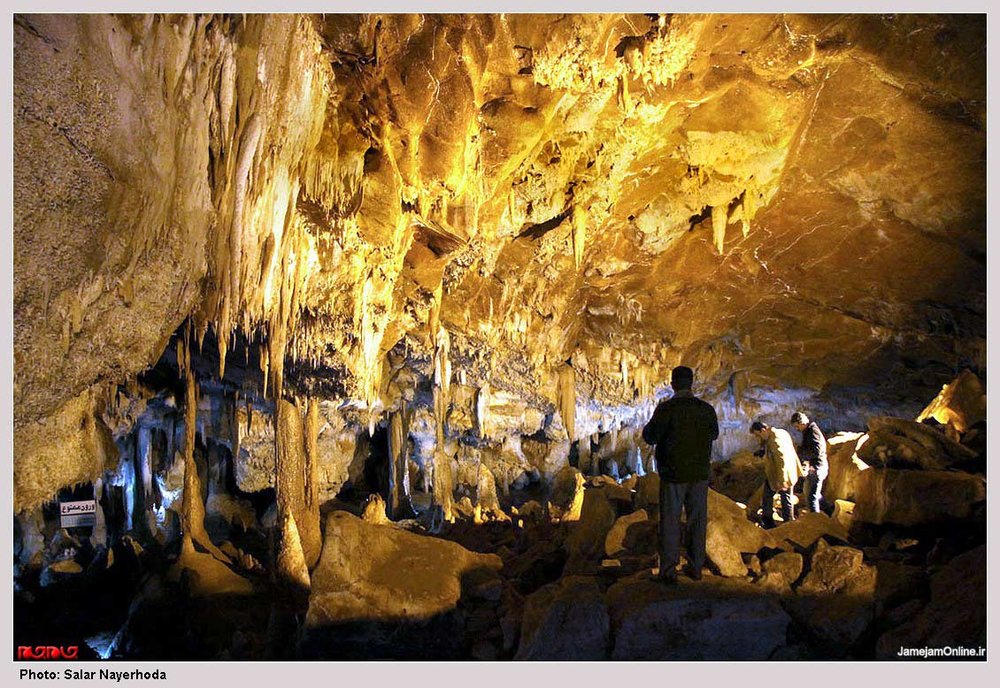Stepping into Iran’s gigantic water cave

TEHRAN - Ghoori Ghaleh water cave is one of the outstanding tourist attractions of the historical Kermanshah province, western Iran. It is full of Cretaceous and Triassic lime sediments which largely date back to the second geological age, about 65 million years ago.
The scenic cave is widely believed to be the largest of its kind in the world and the longest water cave in Asia. Its entry is on the slopes of Shahou Mountain, some 90 kilometers from Kermanshah.
Narratives say the cave is named after a nearby Sassanid castle, which the Kurdish inhabitants of the region used to call it “Goura Ghaleh” literary meaning “The big castle” which changed into “Ghoori Ghaleh” over time.
A team of British and French speleologists discovered the cave in the 1970s. They initially explored 620 meters of the cave, however, forced to give up further exploration when reached a point where the water levels went as high as the cave’s roof.
Ghoori Ghaleh has also yielded a number of archeological finds, including coins, plates and pottery fragments, which date back to the Sassanid era (224–651).
Archeologists also found some human skulls and earthenware adorned with animal designs, arabesque and floral patterns within the ruins a nearby Sassanid-era castle.
Ghoori Ghaleh comprises many halls, which are inspired from the naturally-formed stalactites and stalagmites that decorate them.
From a zoology point of view, the cave is habitat of the mouse-eared bats, a rare species.
Kermanshah is a cradle of civilization due to its antiquity, rich culture and Neolithic sites. Proximity to the Achaemenid and Sassanid bas-relief carvings of Bisotun and Taq-e-Bostan is amongst other tourist drawcards of the region.
PHOTO: A view of Ghoori Ghaleh cave in western Iran
AFM/MQ/MG
Leave a Comment